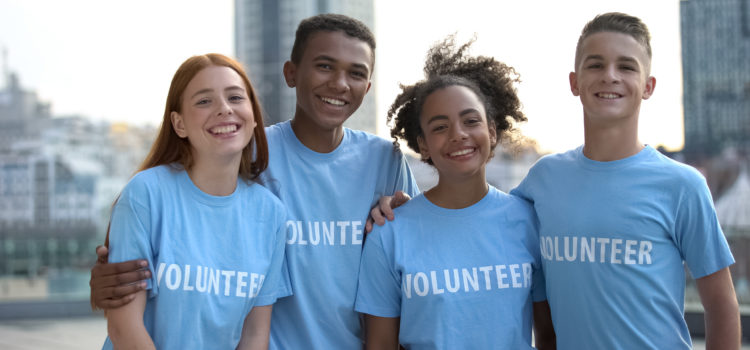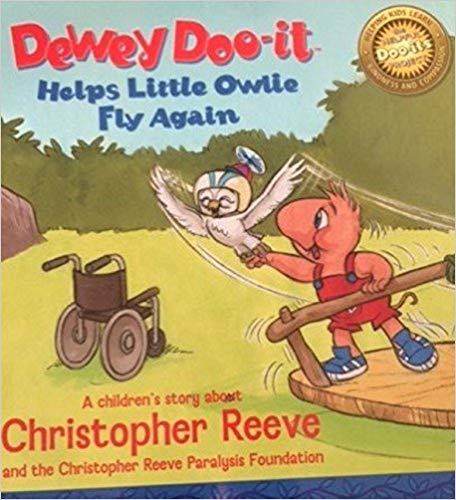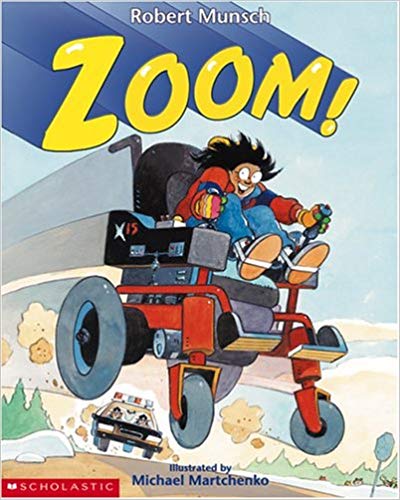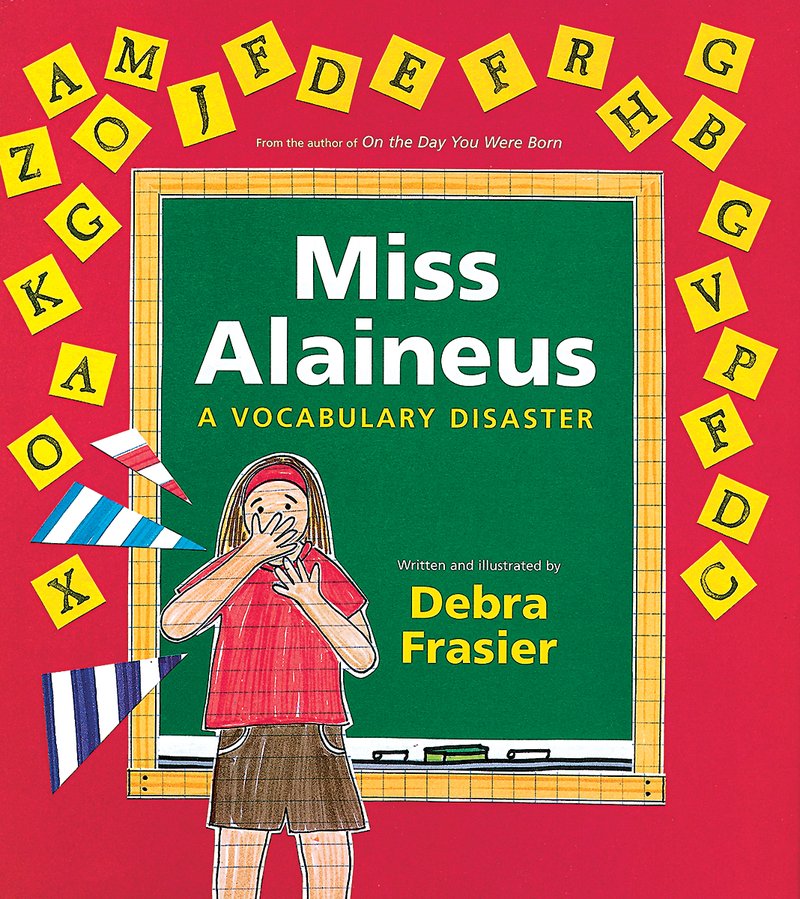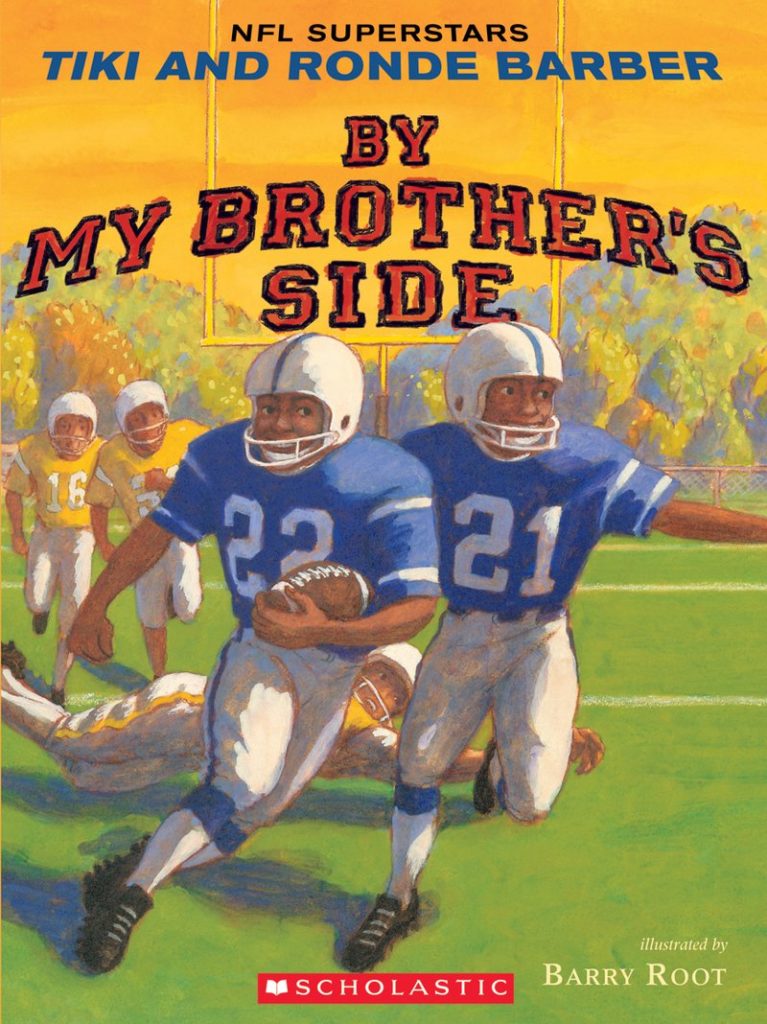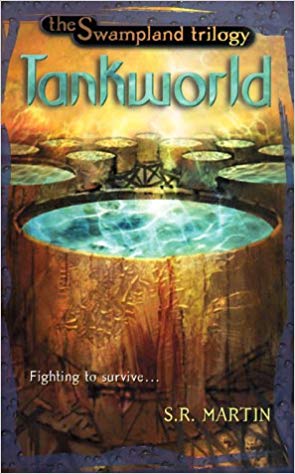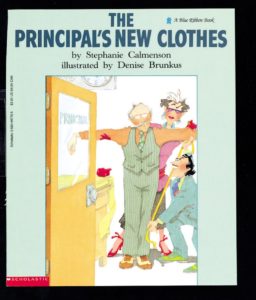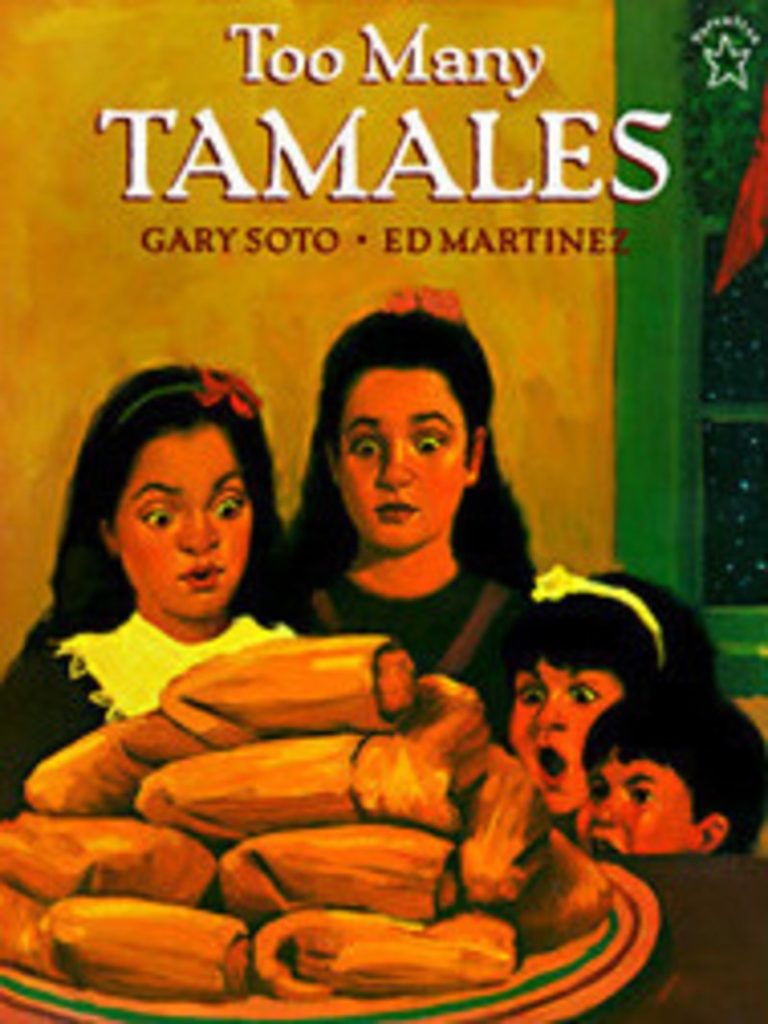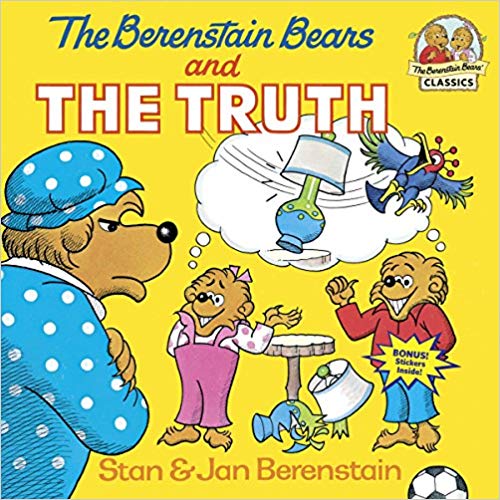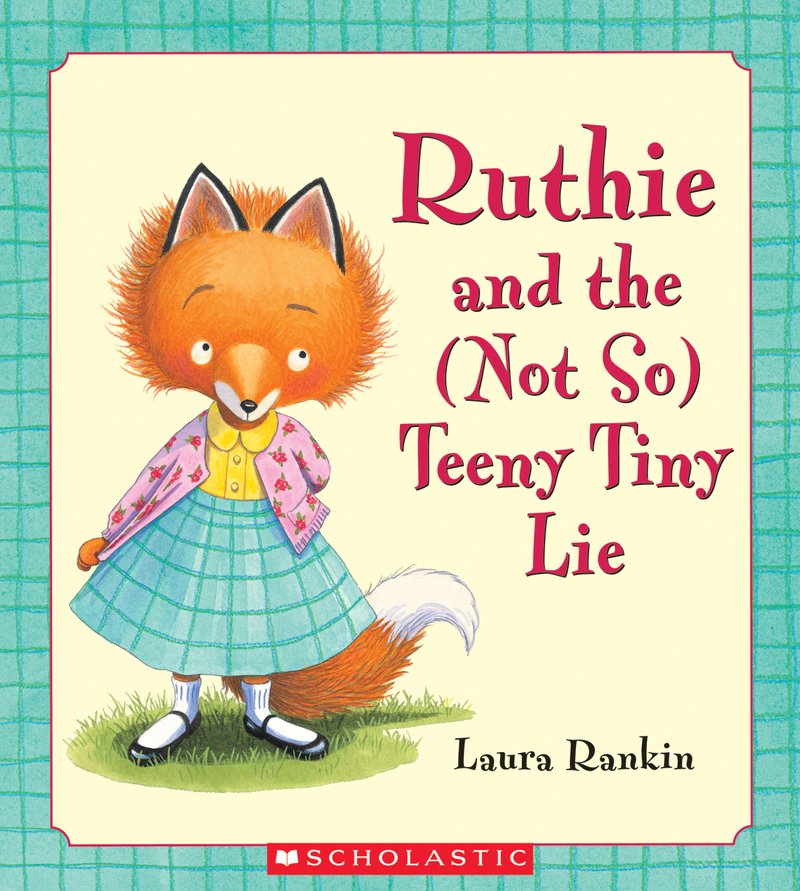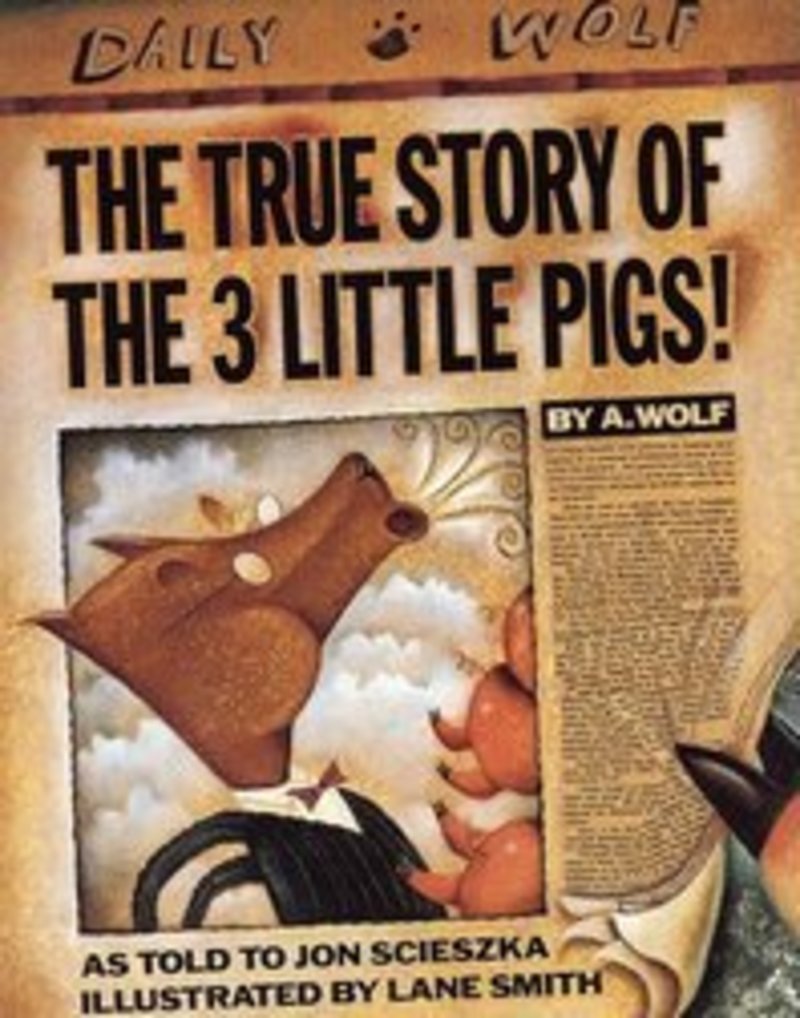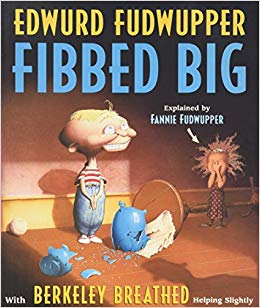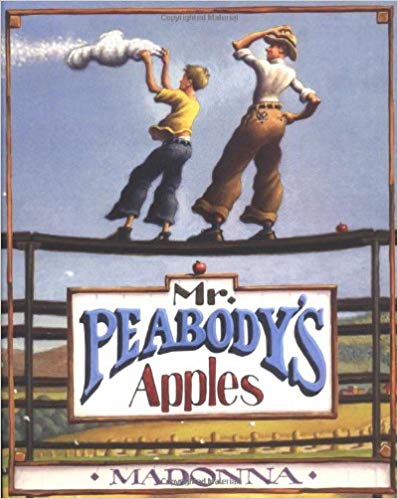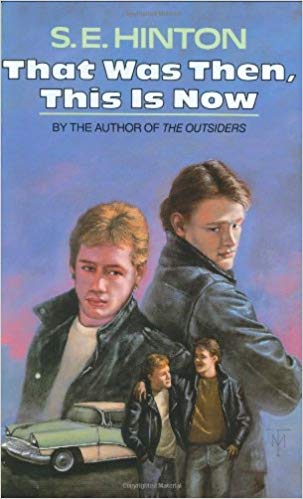Dewey Doo-It Helps Little Owlie Fly Again by Brahm Wegner and Alan Green
Good for grades: K – 5
ISBN-13: 978-0974514314
When Dewey Doo-it’s kite becomes lodged in a tree, the protagonist and his siblings ask renowned flyer Owlie for assistance, but they find the owl in a wheelchair after an accident. He shows the Doo-its how he can paint with his beak and use a special computer despite his disability.
View on Amazon
Zoom! by Robert Munsch
Good for grades: 1 – 3
ISBN-13: 978-0439523493
Lauretta’s mother takes her to buy a new wheelchair, but Lauretta isn’t satisfied with a regular five-speed or ten-speed model. No, she insists on the 92-speed, black, silver, and red dirt-bike wheelchair. When she gets a speeding ticket during a one-day tryout, her parents insist that the chair be returned to the store . . . until Lauretta’s older brother has an accident and only one person can whisk him to the hospital on time–Lauretta, in her amazing wheelchair!
View on Amazon
View on Scholastic
Stone Fox by John Gardiner
Good for grades: 2 – 5
ISBN-13: 978-0545548229
Based on a Rocky Mountain legend, Stone Fox tells the story of Little Willy, who lives with his grandfather in Wyoming. When Grandfather falls ill, he is no longer able to work the farm, which is in danger of foreclosure. Little Willy is determined to win the National Dogsled Race—the prize money would save the farm and his grandfather. But he isn’t the only one who desperately wants to win. Willy and his brave dog Searchlight must face off against experienced racers, including a Native American man named Stone Fox, who has never lost a race.
View on Amazon
View on Scholastic
Miss Alaineus: A Vocabulary Disaster by Debra Frasier
Good for grades: 3 – 5
ISBN-13: 978-0439317917
Sage has misheard and misunderstood one of Mrs. Page’s weekly vocabulary words. Her error leads to a humbling catastrophe: a momentous tragedy, in front of the entire class. Can Sage turn her vocabulary disaster: an event bringing great misfortune, into a triumph: a true success?
Anyone who has ever been daunted: discouraged or disheartened, by a mere word in the dictionary will cheer wildly: in a manner lacking all restraint, as Sage transforms embarrassment into victory in Debra Frasier’s touching story of loving–and mistaking–our glorious language.
View on Amazon
View on Scholastic
By My Brother’s Side by Ronde Barber and Tiki Barber
Good for grades: 3 – 5
ISBN-13: 978-0439802062
Tiki and Ronde were each other’s best friends. Together from the start, these twins might not have been the strongest or the tallest, but they were fast and worked hard at what they loved. And they loved sports, especially football. Then one day Tiki badly hurt his knee in a biking accident, and he was sure he’d never be able to play again. Their mother had always told them, “You are each other’s best friends. Stick together, believe in yourselves, and you can do anything.” They kept her words in their hearts and never gave up. Based on the childhood of National Football League superstars Ronde and Tiki Barber, this inspiring book about the values of family, hard work, and determination is the story of what it takes to be a champion.
View on Amazon
View on Scholastic
Sadako and the Thousand Paper Cranes by Eleanor Coeer
Good for grades: 3 – 5
ISBN-13: 978-0439168243
Two-year-old Sadako Sasaki was living in Hiroshima when the atom bomb was dropped. Sadly, ten years later, she was diagnosed with leukemia, also known as “atom bomb disease.” There is a Japanese legend that says that if a sick person folds 1,000 paper cranes, the gods will make her well again. Sadako spent long hours in bed, folding those paper cranes, and never giving up that hope. When Sadako had folded six hundred and forty-four cranes, and they hung above her bed on strings, her classmates folded the rest.
View on Amazon
View on Scholastic
Kavik the Wolf Dog by Walt Morey
Good for grades: 6 – 8
ISBN-13: 978-0140384239
When Andy Evans stumbles upon the snow-covered wreckage of a small plane, he’s shocked to find a survivor. Should he put the gravely injured dog out of his misery? The look in the animal’s eyes says he’s not ready to die. It turns out that Kävik’s a champion sled dog, and soon he makes a full recovery. When his rightful owner finds out Kävik is alive, he wants the dog back. But Kävik has other ideas.
View on Amazon
View on Scholastic
Tankworld by S.R. Martin
Good for grades: 9 – 12
ISBN-13: 978-0439105675
Edie and Zac find themselves in a strange world where children live underground, men ride huge dogs, and feral pigs hunt everyone. A fast-paced and unusual trilogy about teenagers fighting for survival in a world of genetic mutation and warring scientists.
View on Amazon
View on Scholastic
Learn more about character education.

